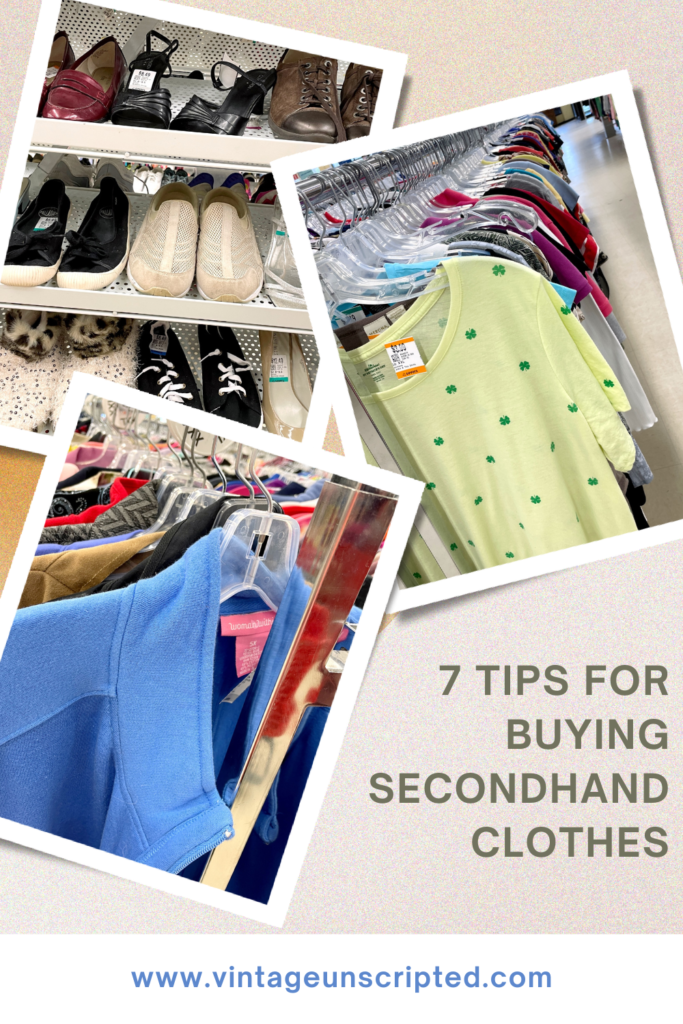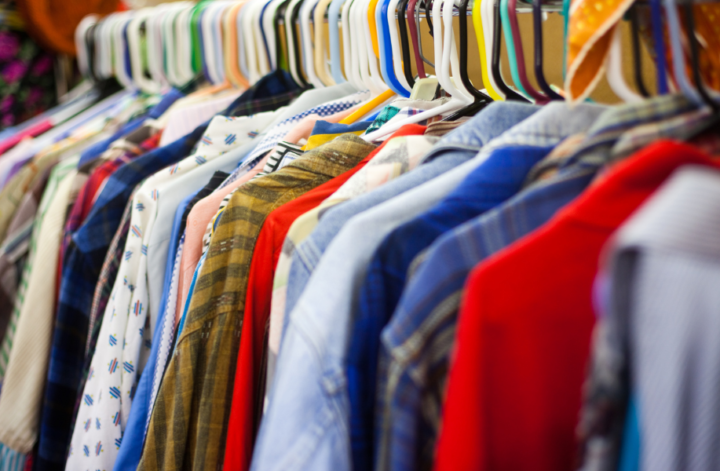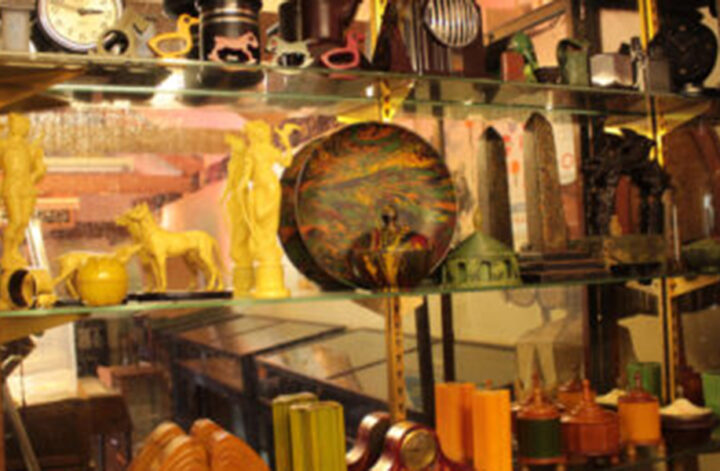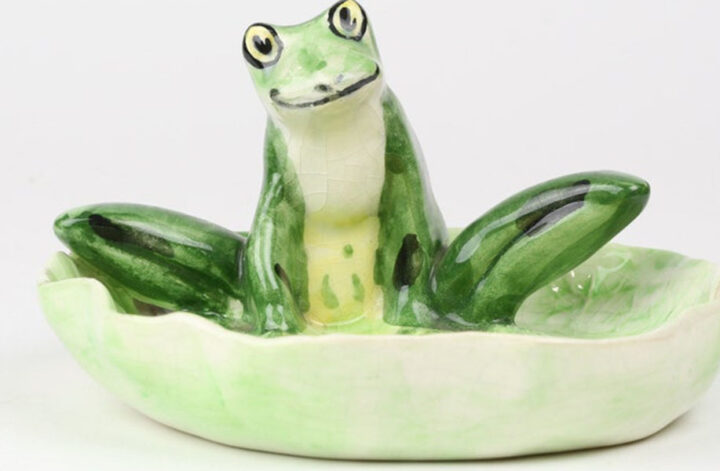If you’re ninja level at buying secondhand clothes, you gained that expertise through both scores and flops. It’s a terrible feeling to arrive home with your Ikea bag full of wonderfulness only to discover that all that glittered at the thrift store was not gold. Those irksome flaws you missed in your giddiness are like a face full of cold water every time you find one. But the high that comes from finding a gem balances it out.
If you’re a novice at buying secondhand clothes, we’re going to try to cut the top off the learning curve for you with these tips and strategies to increase the number of scores and decrease the number of “dohs.”
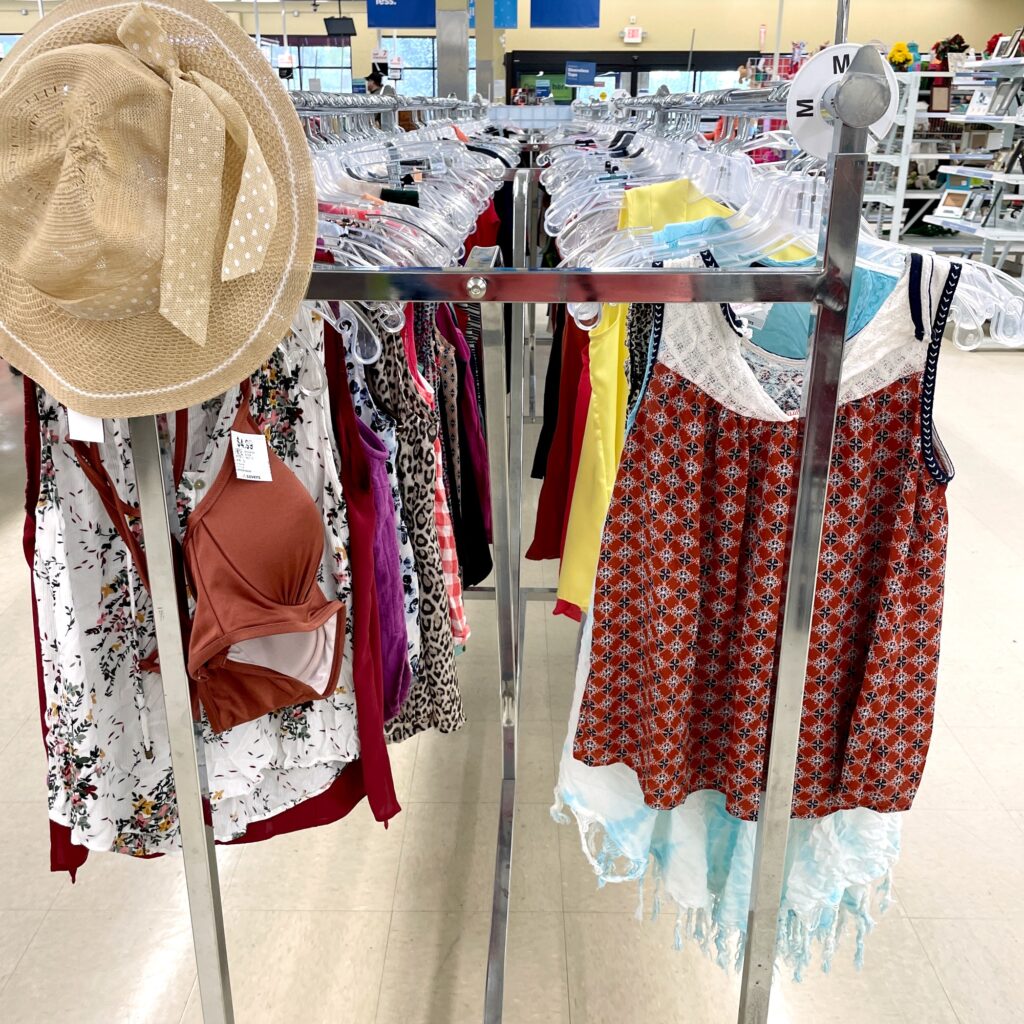
1 Choose Where To Shop
Big thrift shops, both national chains and non-profits, process goods quickly. They don’t take the time to assess every single piece. Smaller non-profit thrift shops, consignment shops, buy/sell stores, vintage shops, flea marketers and online sellers all take more time to look garments over and to curate the pieces they sell. You are less likely to find flaws like burst seams or stains on those pieces.
2 Inspect With A Critical Eye
A garment that’s been worn can have any number of flaws. It may have been altered. It might have stains–check the front and back in general, then look at arm pits, the collar, the end of sleeves and the lap area. It might have a seam that’s come undone, a pull in the knitting or weave, a missing button, pilling, moth holes and other problems. Hold the garment up to the light, it’s a good way to spot holes and seams that are out.
Some people do this with each potential find as they find it. Others wait until they have a cartfull and do a thorough review before checking out. Whichever tactic will let you focus the most attention to detail is the best strategy for you.
3 Become a Flaw Fixer
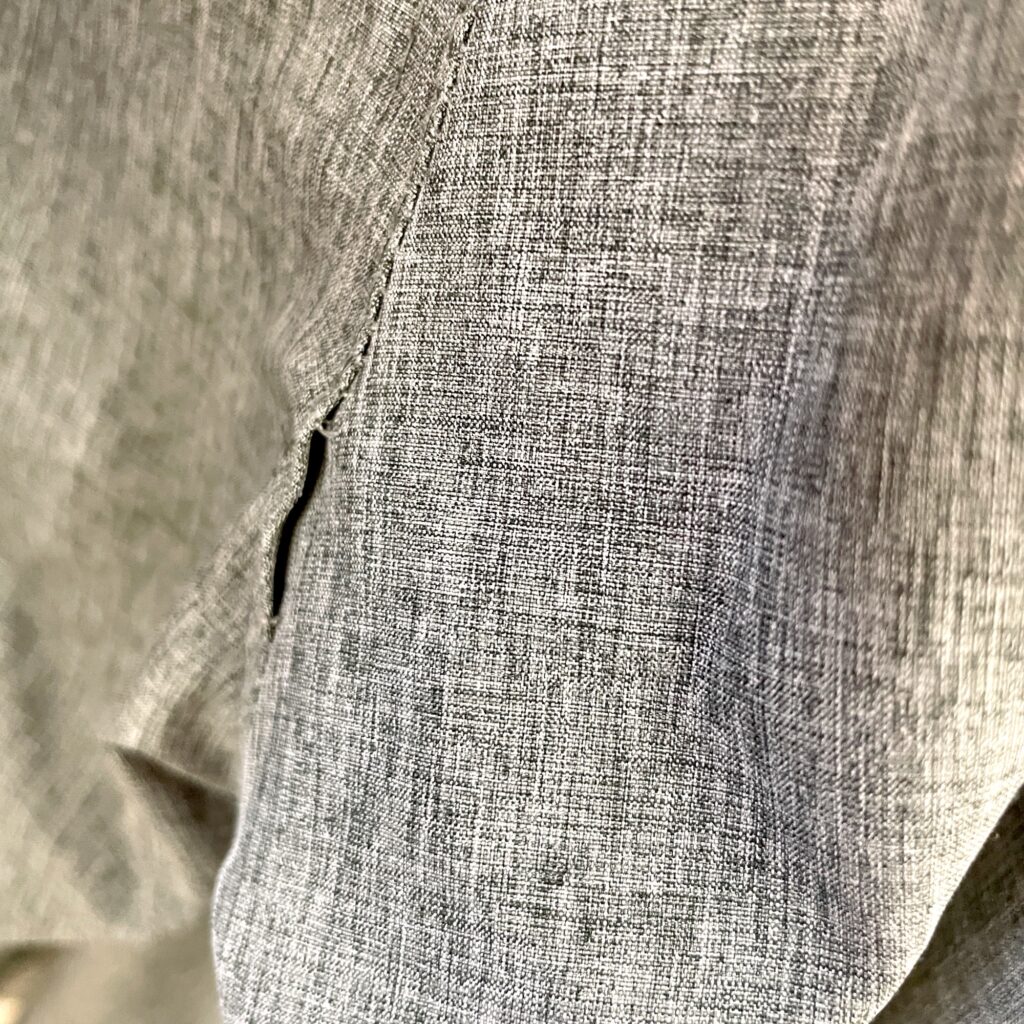
When you’re buying secondhand clothes, flaws are going to happen, but they also aren’t always deal breakers. Replace a missing button with one that’s similar or a novelty button. Shave pills off knits. Mend broken seams. Using a needle, pull small thread pulls in textiles the back. Use a crochet hook for getting pulls in sweaters to the back. Learn to mend small holes either invisibly or visibly (look for inspiration on Instagram).
4 Strengthen your Stain Removal Strategies
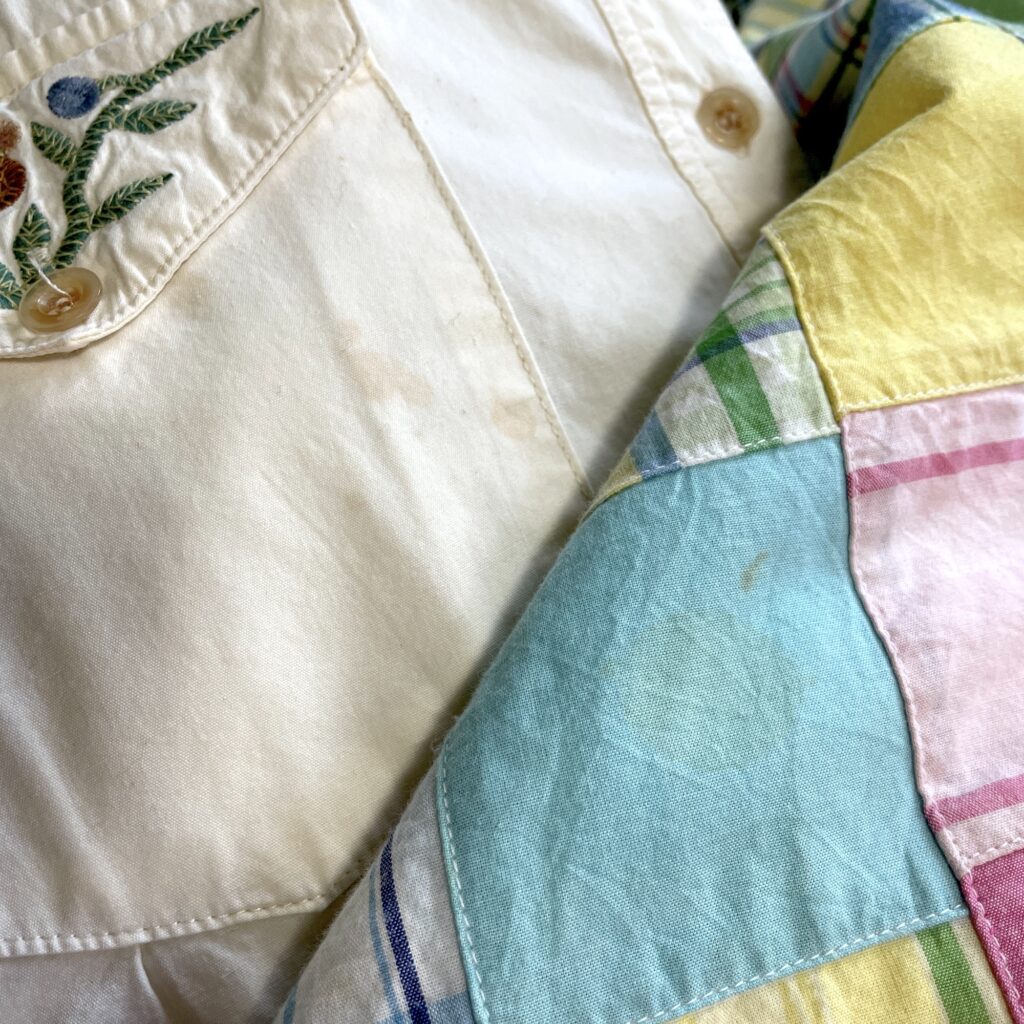
Stain removal is an art and a science. Part of the art is knowing what stains are likely to come out and what are going to resist the fiercest removal techniques you throw at them. The material, what the stain is made of, and how long it’s been there are all variables. While secondhand shoppers might not share their favorite haunts, most will share their stain removing secrets, so ask someone while you’re shopping if they look like a pro.
Although not all stains are pit stains, the products and the techniques from this Wirecutter post on removing pit stains on a white tee are a helpful place to begin. We also have a more detailed four-part series on removing stains from vintage clothing.
5 Sizing Up Measurements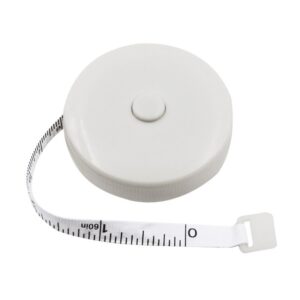
The size tags on vintage and secondhand garments can’t always be believed. Sizing has changed dramatically since the 1970s, making one sometimes wonder if women had rib cages before then based on some of the waist measurements. Trying things on is always a good idea, when it’s possible.
Short of that, make a note on your phone of the pit to pit measurement of a favorite blouse and sweater, and the waist and hip measurement of a favorite pair of pants. Keep a pocket tape measure (available at most fabric stores) with you so you can check how a garment measures up to your favorites.
Most online sellers include measurements in their clothing descriptions. If you’re unsure about sizing, ask before you buy.
6 Don’t Forget Your Feet
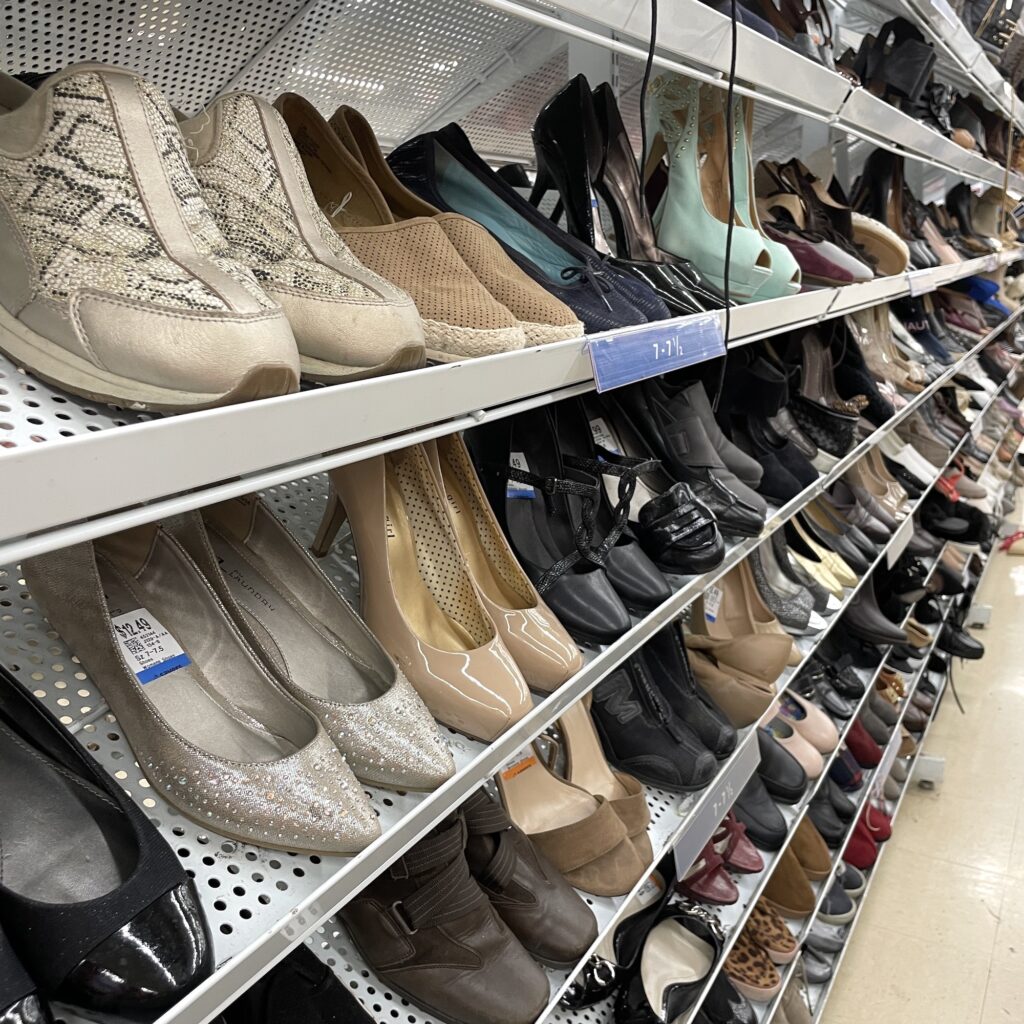
There are many gently worn and new shoes to consider, especially high heels and special occasion shoes. Lots of people purchase shoes for one occasion then donate or consign them. There are also good everyday shoes, though are too worn to be a good investment. Avoid shoes with heel areas that are worn down from pronation. Always check the soles of shoes–the tiny bit on the bottom of a high heel is the area most likely to be flawed.
If you love luxury, you can often get a pair of designer shoes at consignment for a fraction of the original price.
6 Caveat Emptor When Buying Luxury Goods
If you’re buying luxury designer goods, whether clothing, jewelry or accessories, always buy from sites that authenticate purchases like eBay and the Real Real. There are so many fakes out there. Most fakes have tells like inferior materials, cheap looking labels and bad stitching. If you stumble across something on the rack in a regular thrift, and it does happen, give it a critical eye and don’t get carried away on a blissful cloud of serendipity until you’ve given it a good going over.
7 Exercise Restraint
It can be really hard to walk away from a great bargain. You don’t have to fill your Ikea bag every time you are buying secondhand clothing. Sometimes one really great piece is enough. Don’t be tempted to buy everything you find because it’s a steal–exercise some restraint. That garment you left behind will be someone else’s treasure.
Read more:
Introduction to Visible Mending: Highlighting Imperfections in a Creative, Eye Catching Way, the Embroiderers’ Guild of America
One Size Fits None, Time.com
Where to buy secondhand bags (without getting scammed), Elle.com
